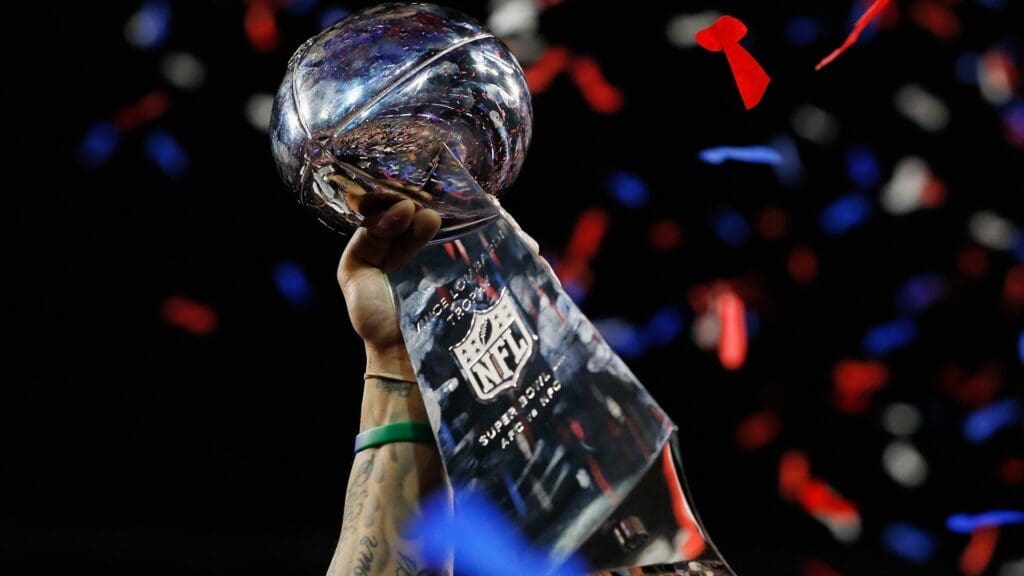How Your Ads Should Change in 2021

Think back to last summer. The first round of lockdowns was starting to drag on longer than anticipated. Any hope that the pandemic would pass quickly was rapidly fading, and seemingly every ad on TV reminded us of “these uncertain times.”
One year later, the attitude of the nation has drastically changed. Between the November elections, the dawn of a new year, and the spread of a COVID-19 vaccine, people are starting to let themselves hope for a return to something resembling normalcy.
While advertisers will eagerly revise their messaging to match the moment, there’s no doubt the lessons learned during 2020 have left a lasting impression. So what should advertisers keep in mind for the year to come?
No More Platitudes
Near the beginning of the lockdown, the airwaves were filled with ads referencing the pandemic. As one YouTube video noted, pandemic ads were largely formulaic, following the same format of somber piano music, slow-motion stock footage, and included phrases like “we’re all in this together.”
Not only did that formula quickly wear thin, primarily due to the increased TV viewership, but they also rang hollow. Those experiencing the worst effects of the pandemic, either financially or physically, found little consolation in a car manufacturer ad saying they’re “there for you.”
We’ve written about the importance of authenticity, and that advice is still relevant. Stick to your brand and your company’s roots. Think about your reason for being and focus there. You don’t have to provide emotional support to a nation in distress, and it often feels disingenuous if you try.
Inspire Confidence in Consumers
Consumer confidence dipped significantly in 2020. When consumers aren’t confident, they tend to save more and spend less, which in turn suppresses economic recovery. As advertisers, although it may be the knee-jerk reaction, the last thing you want to do is minimize their concerns.
Some advertisers in the previous year have been incredibly tone-deaf to the economic climate. Ads for big purchase items, like cars and computers, continued to promote price-related deals while unemployment claims skyrocketed and the economy entered a recession. A more strategic approach is to engage your customers with messaging that keeps them looking forward to a time when the world resumes normalcy. With stimulus efforts by the government and widespread vaccine rollout, normalcy seems to be right around the corner, and consumers are ready to be reminded of the activities they used to enjoy.
For 2021, your advertising should focus on this desire. Sportswear companies can succeed by talking about getting back outside. Airlines can begin offering flights booked well in advance for when people feel comfortable traveling again. Car companies are focusing on road trips, vacations, and visiting grandparents again. Focus on the positives will boost consumer confidence, leading to a rebound in revenue.
Lean Into Mobile
If you’re not already spending a significant portion of your ad budget on mobile, now’s the time to start. During the pandemic, people were glued to their smart devices more than ever, and that behavior is likely to linger for a while as remote work becomes a more common way of life.
The “story” format has become wildly popular on social media, with Snapchat, Instagram, Facebook, WhatsApp, YouTube, and even LinkedIn offering some form of short, fleeting clips. These stories are typically less edited, less curated, and more organic than a typical video ad, which adds authenticity and relatability to your interactions with your customers.
Whether you’re working in the B2C or B2B space, it’s vital to make a connection with the person where they are most engaged. Mobile ads, social engagement, and stories are a great way to do that.
Genuine and Agile
The last year has been chaotic, and looking forward to the year to come can be just as confusing and overwhelming. As you consider your approach to advertising for the foreseeable future, consider a genuine and authentic approach in your messaging. Look forward. Respect both where your target audience finds itself at the moment and where they hope to be when they put this pandemic behind them. Then, as always, remain agile in your ability to reach your audience with the right message at the right place and time.”,”_content”:”field_60183f9050f0b”,”style”:”full”,”_style”:”field_62596f495dd96″,”background_color”:”black”,”_background_color”:”field_62596f6f5dd97″},”align”:””,”mode”:”edit”} /–>





